

Articles
How To Store Fresh Ginger Long Term
Modified: February 23, 2024
Learn how to store fresh ginger for long-term use with our informative articles. Find the best methods to keep ginger fresh and flavorful.
(Many of the links in this article redirect to a specific reviewed product. Your purchase of these products through affiliate links helps to generate commission for Storables.com, at no extra cost. Learn more)
Introduction
Fresh ginger is a versatile root vegetable that adds a unique flavor and aroma to a wide range of dishes. Whether you’re using it in stir-fries, soups, teas, or even desserts, having ginger on hand is always a great idea. However, ginger can spoil quickly if not stored properly, leading to unnecessary waste and frequent trips to the grocery store.
In this article, we will explore different methods to store fresh ginger long term, ensuring that you always have this flavorful ingredient readily available in your kitchen. We’ll discuss the benefits of storing ginger, as well as provide step-by-step instructions for each storage method.
So, if you find yourself with excess ginger or want to stock up on this delightful root vegetable, read on to discover how to properly store fresh ginger for long-lasting freshness and flavor.
Key Takeaways:
- Store fresh ginger long-term to save money, reduce waste, and always have this versatile ingredient on hand for convenient cooking and health benefits.
- Choose from refrigerating, freezing, dehydrating, pickling, or storing in sand to preserve ginger’s flavor, nutrients, and versatility in various culinary applications.
Read more: How To Store Ginger Long Term
Benefits of Storing Fresh Ginger
Storing fresh ginger properly not only helps you prevent wastage but also allows you to enjoy all the wonderful benefits this root vegetable has to offer. Here are some key advantages of storing fresh ginger:
- Extended Shelf Life: Fresh ginger tends to spoil quickly if not stored correctly. By using proper storage methods, you can significantly extend the shelf life of ginger, ensuring that it stays fresh and usable for a longer period.
- Cost Savings: Buying ginger in bulk or when it’s on sale and storing it long term can help you save money in the long run. You won’t have to rely on buying small quantities of ginger at higher prices or making frequent trips to the grocery store.
- Convenience: Having stored ginger available at all times makes cooking and meal preparation more convenient. You won’t have to worry about running out of ginger or making last-minute trips to the store. Plus, storing ginger in different forms allows you to choose the most suitable option for your recipes.
- Preserve Flavor and Nutrients: Proper storage techniques help retain the flavor and nutritional value of fresh ginger. Ginger contains several bioactive compounds, such as gingerol, that are known for their antioxidant and anti-inflammatory properties. By storing ginger correctly, you can preserve these beneficial compounds and enjoy their health benefits.
- Versatility in Cooking: With stored ginger on hand, you can embrace its versatility in cooking. Whether it’s adding a zing to your marinades, enhancing the flavor of your curries, or soothing your digestive system with ginger tea, having ginger readily available allows you to experiment with various dishes and flavors.
By understanding the benefits of storing fresh ginger, you can make the most out of this incredible ingredient and elevate your culinary experience. Now, let’s explore the different methods you can use to store fresh ginger for extended periods.
Selecting and Preparing Ginger for Storage
Before you can store fresh ginger, it’s important to select the right ginger root and prepare it properly. Follow these steps to ensure that you have the best ginger for long-term storage:
- Choose Fresh Ginger: Look for ginger roots that are firm, plump, and have smooth skin. Avoid ginger roots that feel soft, wrinkled, or have moldy spots. The fresher the ginger, the longer it will keep during storage.
- Inspect for Moisture: Excess moisture can lead to rotting or mold growth, so make sure the ginger root is dry. Gently squeeze the ginger to check for any dampness. If it feels moist, pat it dry with a clean cloth before storing.
- Trim the Ends: Using a sharp knife or vegetable peeler, trim off any dry or shriveled ends of the ginger root. This will help prevent any potential mold or decay from spreading.
- Optional: Peel the Skin: Depending on your preference and the usage of ginger, you can choose to peel the skin or leave it on. If you decide to peel the ginger, use a spoon or a vegetable peeler to gently remove the skin. Keep in mind that leaving the skin on can help retain the flavor and nutrients.
- Slice or Grate (Optional): If you prefer using ginger in grated or sliced form, you can do so before storing it. Use a grater or a sharp knife to slice or grate the ginger according to your needs. Alternatively, you can store the whole ginger root as well.
Once you have selected and prepared the ginger, you are ready to explore the various storage methods. Whether you choose to refrigerate, freeze, dehydrate, pickle, or store ginger in sand, each method offers unique benefits and allows you to enjoy the delicious flavors of ginger for an extended period of time. Let’s dive into the different storage methods in the next sections.
Method 1: Refrigerating Fresh Ginger
Refrigerating fresh ginger is one of the easiest and most common methods for storing it. The cool temperature of the refrigerator helps slow down the natural degradation process, keeping the ginger fresh for a longer time. Here’s how you can refrigerate fresh ginger:
- Wrap in Paper Towel: Take your fresh ginger root and wrap it loosely in a slightly damp paper towel. The moisture from the paper towel will help prevent the ginger from drying out in the refrigerator.
- Place in a Ziploc Bag: Once wrapped in the paper towel, place the ginger in a ziplock bag or airtight container. This extra layer of protection helps retain moisture and prevent any odors from the fridge seeping into the ginger.
- Label and Store: Label the bag or container with the date to track the freshness of the ginger. Then, place it in the main compartment or vegetable drawer of your refrigerator.
- Check and Refresh: Periodically check the ginger for any signs of mold or decay. If the paper towel becomes dry, dampen it slightly to maintain the moisture content. Remove any spoiled pieces and replace the paper towel if necessary.
- Usage: When ready to use, simply unwrap the desired amount of ginger, rinse it under cold water to remove any paper towel fibers, and use as per your recipe. The refrigerated ginger can last for up to 3-4 weeks if properly stored and maintained.
Refrigerating fresh ginger is a great option if you want to have easy access to it for everyday use. It allows you to quickly grab some ginger whenever you need it, without the hassle of thawing or preserving it in different forms. However, if you want to store ginger for an even longer duration or prefer alternative storage methods, read on to explore freezing, dehydrating, pickling, and storing ginger in sand.
Method 2: Freezing Fresh Ginger
Freezing fresh ginger is an excellent method for long-term storage. It preserves the flavor and texture of ginger while allowing you to have it readily available whenever needed. Follow these steps to freeze fresh ginger:
- Prepare the Ginger: Start by washing the ginger root under cold water to remove any dirt or debris. You can choose to peel the ginger if desired, although it is not necessary. Pat it dry using a clean towel.
- Grate or Slice: Grate or slice the ginger root according to your preference. Grating the ginger makes it easier to measure and use in recipes, while slicing allows you to have ginger pieces of the desired thickness. Both methods work well for freezing.
- Portion and Freeze: Place the grated or sliced ginger into small portions, such as ice cube trays or freezer-safe bags. Make sure to evenly distribute the ginger to ensure convenient portioning later on. If using ice cube trays, you can add a tablespoon or two of water to each compartment to help maintain moisture.
- Seal and Label: Seal the ice cube trays or freezer bags tightly to prevent freezer burn or odor absorption. Label them with the date and the amount of ginger in each portion for easy identification later on.
- Freeze: Place the trays or bags in the freezer, making sure they are placed on a flat surface. Allow the ginger to freeze completely, which usually takes about 1-2 hours.
- Transfer and Store: Once the ginger is frozen, you can transfer the ginger cubes or slices into a larger freezer-safe container or bag, if desired. This helps save space in the freezer and keeps the portions better organized.
- Usage: When you need ginger for a recipe, simply take out the required number of portions from the freezer. For grated ginger, you can use it directly in your cooking. For sliced ginger, allow it to thaw slightly before using a knife to separate the slices as needed.
Frozen ginger can retain its quality for up to 6 months or longer if stored properly. Freezing is a fantastic option if you have an abundance of ginger or want to ensure that your ginger lasts throughout the year. Now, let’s explore another method for storing fresh ginger: dehydrating.
Store fresh ginger in the freezer for long-term storage. Simply peel the ginger, place it in a resealable bag, and store it in the freezer. When needed, grate or slice off what you need while it’s still frozen.
Read more: How To Store Ginger Root Long Term
Method 3: Dehydrating Fresh Ginger
Dehydrating fresh ginger is a wonderful way to preserve it for long-term storage. By removing the moisture from the ginger, you can significantly extend its shelf life while maintaining its flavor and aroma. Here’s how you can dehydrate fresh ginger:
- Prepare the Ginger: Start by washing the ginger root thoroughly under cold water to remove any dirt or debris. Peel the ginger using a spoon or a vegetable peeler.
- Slice or Grate: Slice the ginger into thin, uniform pieces or grate it into small strands. Slicing allows for easy drying and the ginger can be used in teas or infusions, while grated ginger is great for spice blends or culinary use.
- Dehydrate the Ginger: Spread the ginger slices or grated ginger on a dehydrator tray in a single layer, ensuring they do not overlap. Set the dehydrator to a low temperature, around 115°F (46°C), and let the ginger dehydrate for 4-6 hours. If you don’t have a dehydrator, you can also use an oven set to the lowest temperature with the door slightly ajar.
- Check for Dryness: After the initial drying period, check the ginger for dryness. The ginger should be brittle and break easily when bent. If needed, continue drying in 30-minute increments until fully dehydrated.
- Allow to Cool: Once the ginger is completely dehydrated, remove it from the dehydrator or oven and allow it to cool completely. This helps to prevent condensation and ensures that the ginger stays dry during storage.
- Store in an Airtight Container: Transfer the cooled, dehydrated ginger to an airtight container such as a glass jar or a ziplock bag. Make sure to remove any excess air before sealing the container tightly.
- Label and Store: Label the container with the date and the contents, and store it in a cool, dry place. Properly dehydrated ginger can last for up to 1 year if stored in optimal conditions.
- Rehydrate: When you’re ready to use the dehydrated ginger, you can rehydrate it by soaking it in warm water or adding it directly to whatever dish you’re preparing. It will regain its texture and flavor, making it ready for use in your recipes.
Dehydrated ginger is a convenient storage option that allows you to have ginger readily available for various culinary applications. Whether it’s for cooking, baking, or making homemade teas and infusions, dehydrated ginger adds a delightful kick to your creations. Now, let’s move on to another method: pickling fresh ginger.
Method 4: Pickling Fresh Ginger
Pickling fresh ginger is a popular method to preserve it and add a tangy, sweet, and slightly spicy flavor. Pickled ginger is commonly used as a condiment or garnish in various Asian cuisines, particularly in sushi dishes. Here’s how you can pickle fresh ginger:
- Prepare the Ginger: Start by washing the ginger root thoroughly under cold water to remove any dirt or debris. Peel the ginger using a spoon or a vegetable peeler.
- Thinly Slice the Ginger: Using a sharp knife or a mandoline slicer, thinly slice the ginger into uniform pieces. The slices should be around 1/16 to 1/8 inch thick.
- Blanch the Ginger: Blanching the ginger helps tenderize it and remove any residual harshness. Bring a pot of water to a boil and add the sliced ginger. Let it boil for about 1-2 minutes, then drain and rinse the ginger under cold water to cool it down.
- Make Pickling Solution: In a saucepan, combine equal parts rice vinegar and water. Add sugar and salt to the mixture, adjusting the sweetness and saltiness to your preference. Bring the mixture to a boil, stirring until the sugar and salt dissolve completely.
- Combine Ginger and Pickling Solution: Place the blanched ginger slices in a clean glass jar or container. Pour the hot pickling solution over the ginger, ensuring that all the slices are fully submerged.
- Seal and Cool: Seal the jar or container tightly with a lid or plastic wrap. Allow the pickled ginger to cool to room temperature before transferring it to the refrigerator.
- Aging and Usage: Let the pickled ginger age in the refrigerator for at least 24 hours before using it. This allows the flavors to meld together and develop the distinct pickled taste. Pickled ginger can last for several months when stored properly in the refrigerator.
- Serve as a Condiment: Pickled ginger is traditionally served alongside sushi or sashimi dishes. Its tangy flavor and crisp texture make it a refreshing palate cleanser between bites. It can also be added to salads, sandwiches, or other savory dishes for an extra burst of flavor.
Pickling fresh ginger not only preserves its vibrant flavor but also adds a unique twist to your culinary creations. With its tangy and slightly sweet taste, pickled ginger elevates the flavors of various dishes. Now, let’s explore one final method for storing fresh ginger: storing it in sand.
Method 5: Storing Fresh Ginger in Sand
Storing fresh ginger in sand is an unconventional but effective method for long-term storage. This technique creates a natural environment that helps maintain the freshness and flavor of ginger over an extended period. Here’s how you can store fresh ginger in sand:
- Prepare a Container: Find a clean, airtight container or a wooden box that is large enough to accommodate the ginger roots and the sand. Ensure that the container has a lid or cover that can be sealed tightly to prevent any moisture or pests from entering.
- Prepare the Sand: Choose clean, dry sand that is free from any impurities or contaminants. You can use sandbox sand or purchase clean sand from a gardening or home improvement store.
- Add a Layer of Sand: Pour a layer of sand into the bottom of the container, about 1-2 inches thick. This layer will act as a cushion for the ginger roots and prevent any direct contact with the container’s base.
- Place the Ginger in the Container: Arrange the ginger roots on top of the sand layer, making sure they are not touching each other. Leave enough space between the roots to allow for air circulation and prevent them from rotting.
- Cover with Sand: Gently pour the remaining sand over the ginger roots, completely covering them. Ensure that all the roots are evenly buried in the sand, with no exposed portions.
- Seal the Container: Close the lid or cover of the container tightly to create an airtight seal. This will prevent any moisture or air from getting into the storage environment.
- Store in a Cool Place: Place the container in a cool, dark location away from direct sunlight or heat sources. A cool pantry, basement, or cellar is an ideal spot for storing ginger in sand.
- Check and Refresh: Periodically check the ginger roots for any signs of mold or decay. If you notice any spoiled or rotting ginger, remove it immediately. Also, ensure that the sand remains dry and free from moisture. If necessary, you can replace the sand periodically to maintain its effectiveness.
- Usage: To use the stored ginger, carefully remove it from the sand, brushing off any excess sand. Rinse the ginger under cold water to remove any remaining sand particles before using it in your recipes.
Storing fresh ginger in sand provides a unique and natural preservation method. The sand creates a protective environment, allowing the ginger to stay fresh for an extended period. This technique is particularly useful if you have a surplus of ginger that you want to store for months or even up to a year. Now, armed with these five methods, you can confidently store fresh ginger long-term and enjoy its delightful flavors whenever you need it.
Tips for Long-Term Storage of Fresh Ginger
To ensure the best results and maximize the shelf life of your stored ginger, here are some helpful tips to keep in mind:
- Quality Selection: Always choose fresh, high-quality ginger roots for storage. Look for roots that are firm, plump, and free from any signs of mold or decay. Avoid ginger with soft spots, wrinkled skin, or a pungent odor.
- Proper Cleaning: Thoroughly wash the ginger roots under cold water to remove any dirt or debris. This helps prevent contamination and extends the shelf life.
- Correct Storage Conditions: Different storage methods require specific conditions. Ensure that you store ginger refrigerated or frozen at the right temperature, dehydrated in a cool and dry place, pickled in the refrigerator, or in sand in a cool and dark location.
- Airtight Containers: When storing ginger in the refrigerator or freezer, use airtight containers or bags. This helps prevent moisture absorption, freezer burn, and odor transfer. Make sure the containers are properly sealed to maintain freshness.
- Date Labeling: To track the freshness of your stored ginger, label the containers with the date of storage. This ensures that you use the oldest ginger first and helps prevent storing it past its prime.
- Regular Inspection: Periodically check your stored ginger for any signs of spoilage, such as mold or decay. Remove any affected pieces promptly to prevent the spread of spoilage.
- Optimal Handling: When using the stored ginger, handle it with clean hands or utensils to avoid contamination. Additionally, make sure to properly reseal containers or bags after each use to maintain freshness.
- Keep Moisture in Check: Excess moisture can cause ginger to degrade quickly. In refrigerated storage, ensure that the paper towel used for wrapping it remains slightly damp. When using pickled ginger, always use clean utensils to prevent introducing moisture into the jar.
- Rotate Stock: To ensure the best flavor and quality, it’s a good practice to rotate your stock of stored ginger. Consume the oldest ginger first and use the newly stored ginger as needed.
- Experiment with Different Methods: Try different storage methods to find the one that works best for your needs and preferences. You may find certain methods more suitable for specific recipes or occasions.
By following these tips, you can store fresh ginger for an extended period, ensuring its quality, flavor, and versatility whenever you incorporate it into your culinary creations.
Remember, proper storage techniques play a crucial role in maintaining the freshness and flavor of ginger, allowing you to enjoy its many benefits long after you’ve purchased it. With these tips in mind, you can confidently store fresh ginger and add its unique and zesty essence to your favorite dishes whenever you desire.
Read more: How To Store Fresh Rosemary Long Term
Conclusion
Storing fresh ginger long-term is a practical and cost-effective way to ensure that this versatile root vegetable remains readily available for your culinary adventures. Whether you choose to refrigerate, freeze, dehydrate, pickle, or store ginger in sand, each method offers its unique benefits and allows you to enjoy the delightful flavors of ginger for an extended period.
By properly selecting, preparing, and storing ginger, you can enjoy its numerous advantages. Storing ginger not only extends its shelf life but also offers cost savings, convenience, and the preservation of flavor and nutrients. Additionally, it allows you to explore the versatility of ginger in various cooking applications.
Refrigerating fresh ginger is a simple and commonly used method, while freezing it provides long-term preservation and easy access. Dehydrating ginger retains its flavor and aroma, making it suitable for different recipes. Pickling ginger adds a tangy and sweet twist, perfect as a condiment or garnish. Storing ginger in sand offers an unconventional yet effective way to keep it fresh for an extended period.
Remember to follow the tips provided to ensure the best results when storing ginger. Select high-quality ginger, clean it properly, use appropriate storage conditions, and regularly inspect for any signs of spoilage. By following these guidelines, you can make the most out of your stored ginger and enjoy its incredible flavors whenever you need it.
So, the next time you come across an abundance of fresh ginger or want to stock up on this delightful root vegetable, don’t hesitate to utilize one of these storage methods. With a little bit of planning and preparation, you can always have fresh ginger on hand to enhance the flavors of your dishes and reap its numerous health benefits.
Start implementing these storage methods today and say goodbye to wasting ginger and frequent trips to the grocery store. Embrace the joy of long-term storage, and let the tantalizing taste of ginger elevate your culinary creations to new heights.
Frequently Asked Questions about How To Store Fresh Ginger Long Term
Was this page helpful?
At Storables.com, we guarantee accurate and reliable information. Our content, validated by Expert Board Contributors, is crafted following stringent Editorial Policies. We're committed to providing you with well-researched, expert-backed insights for all your informational needs.
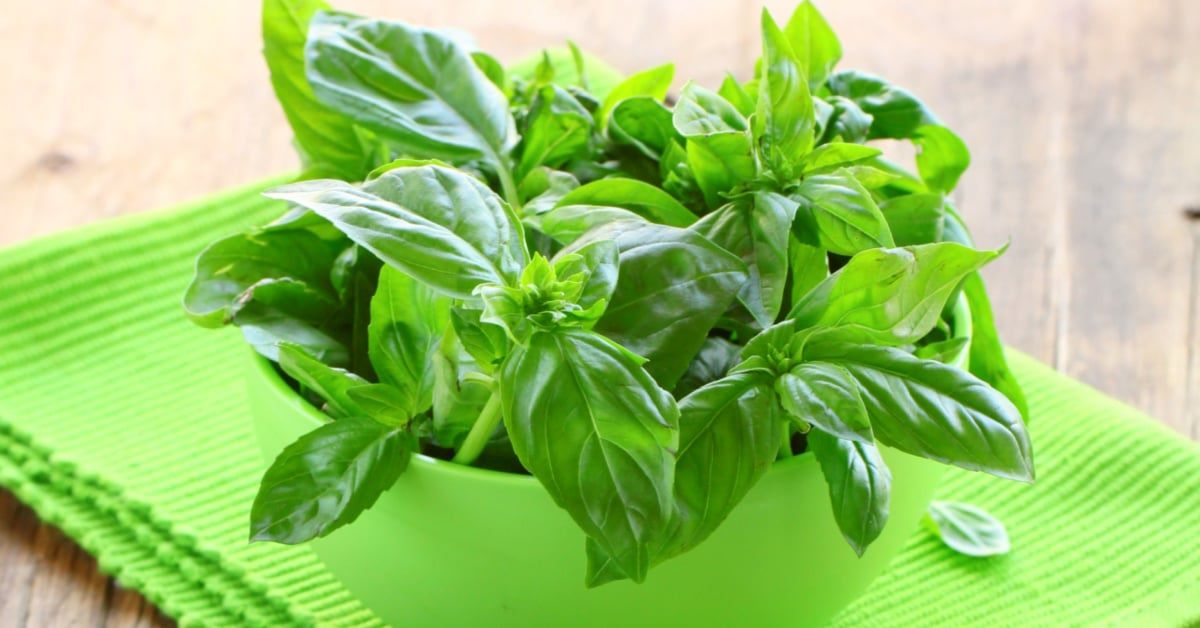
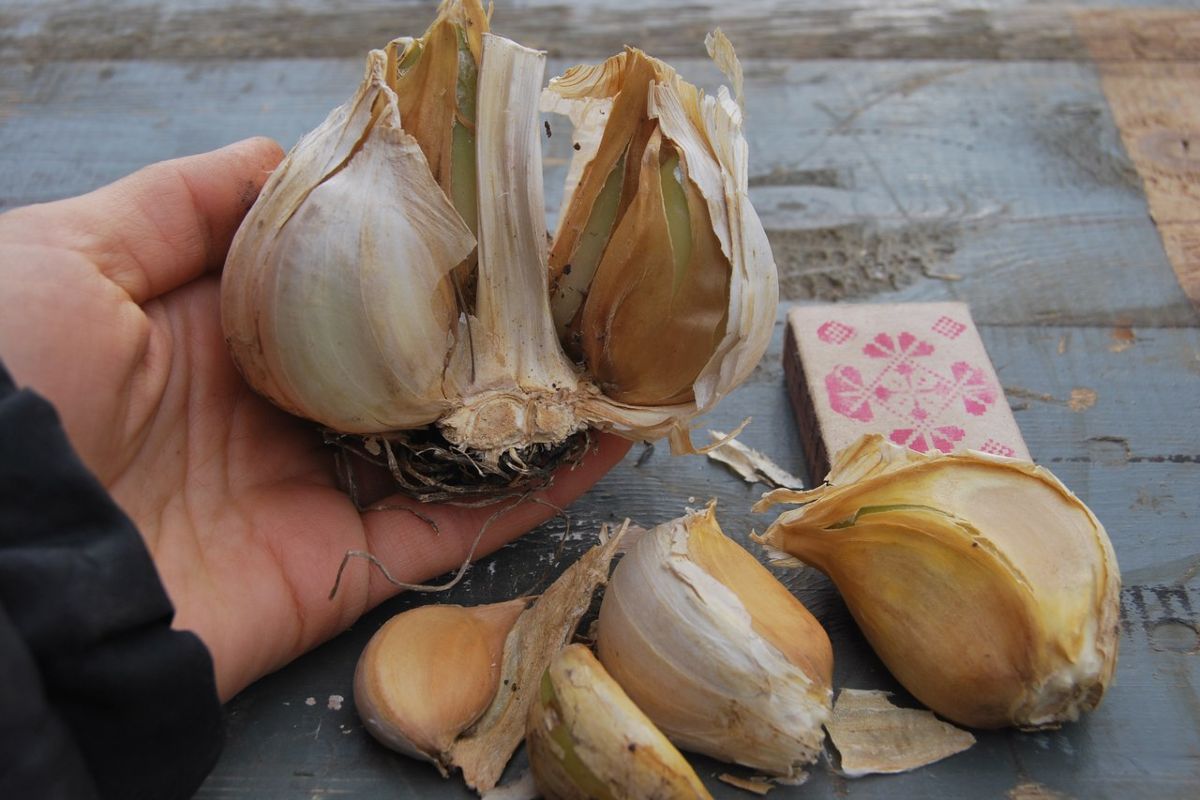
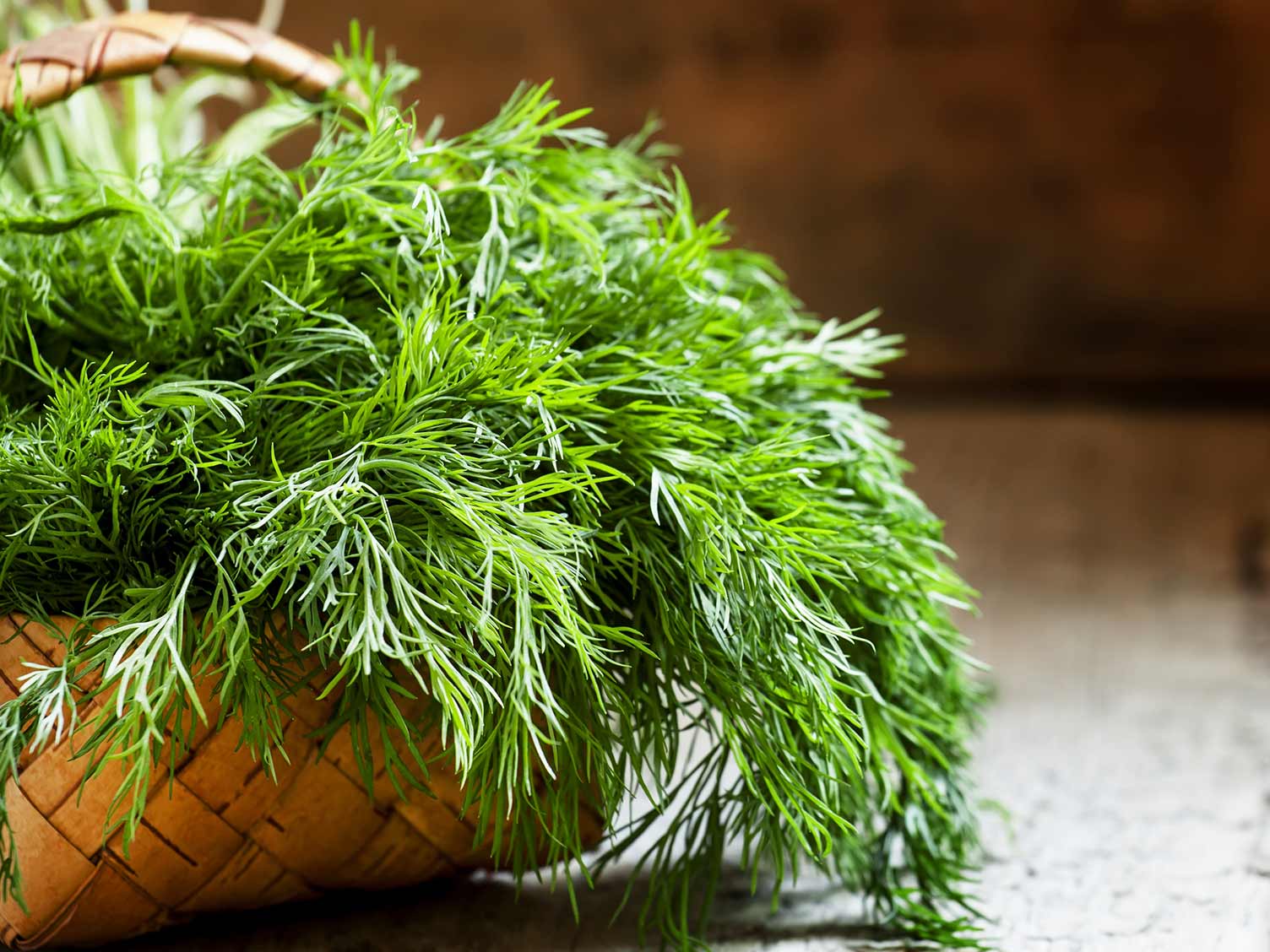
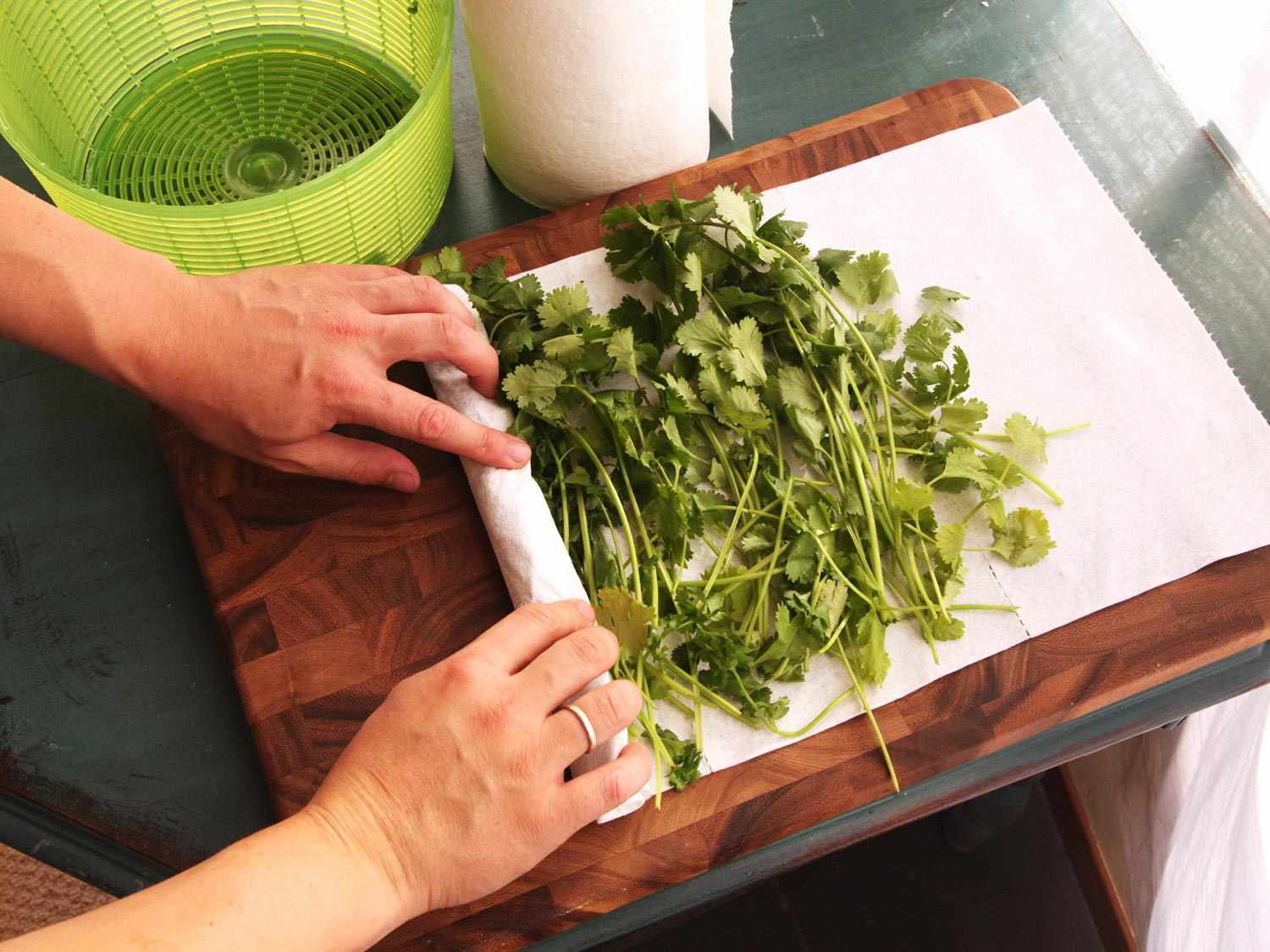
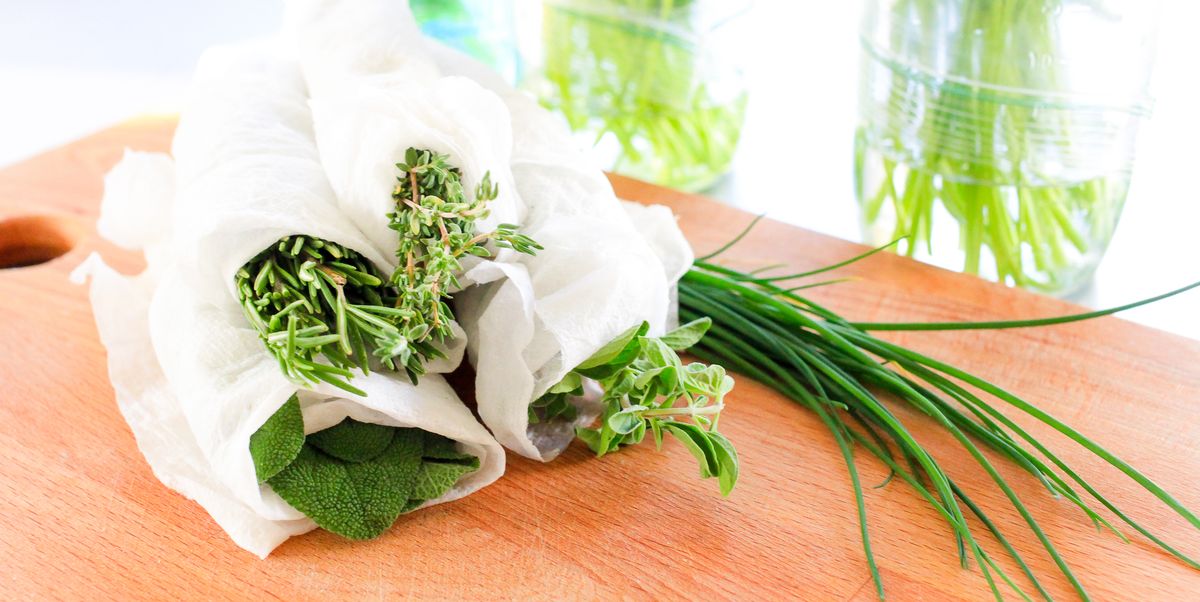
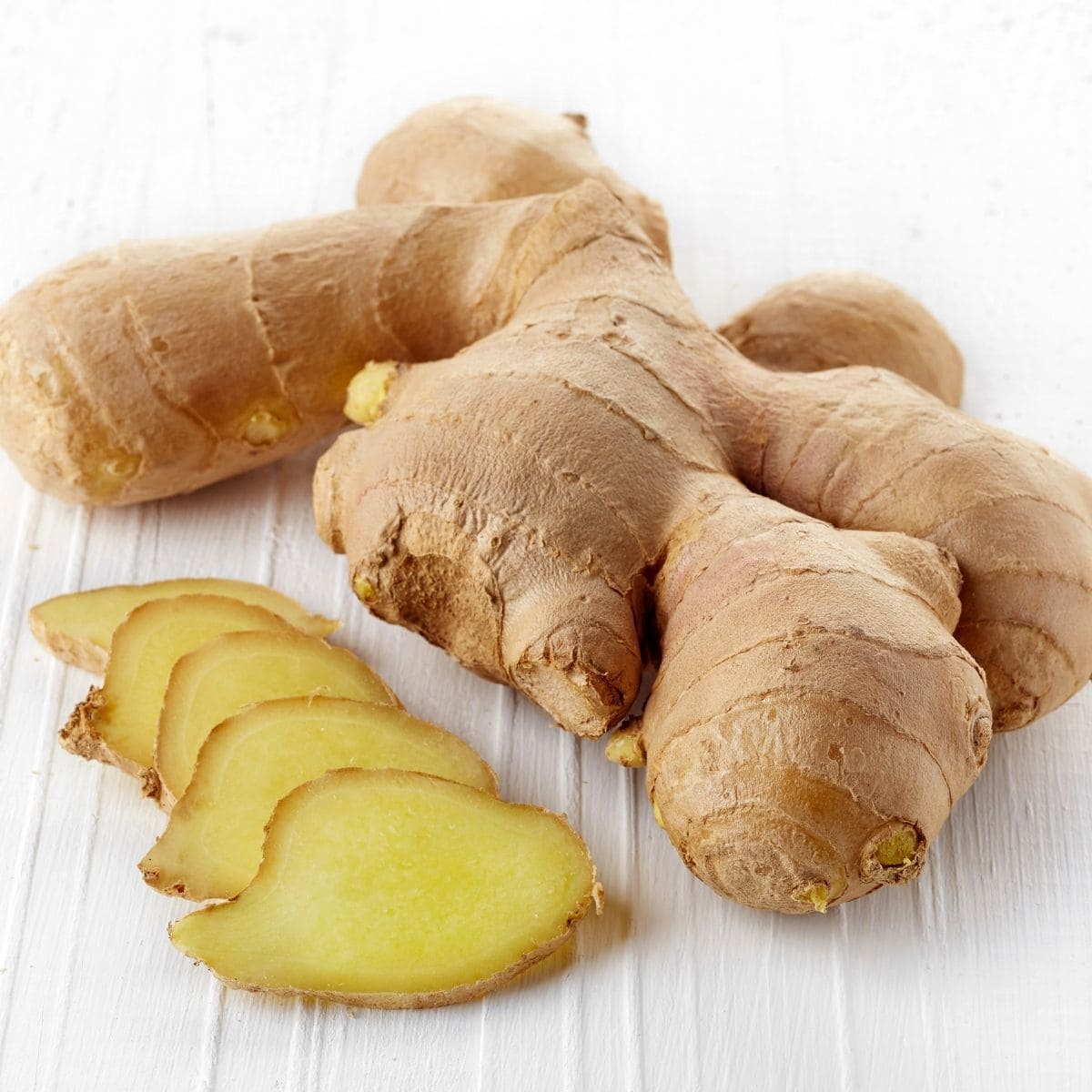
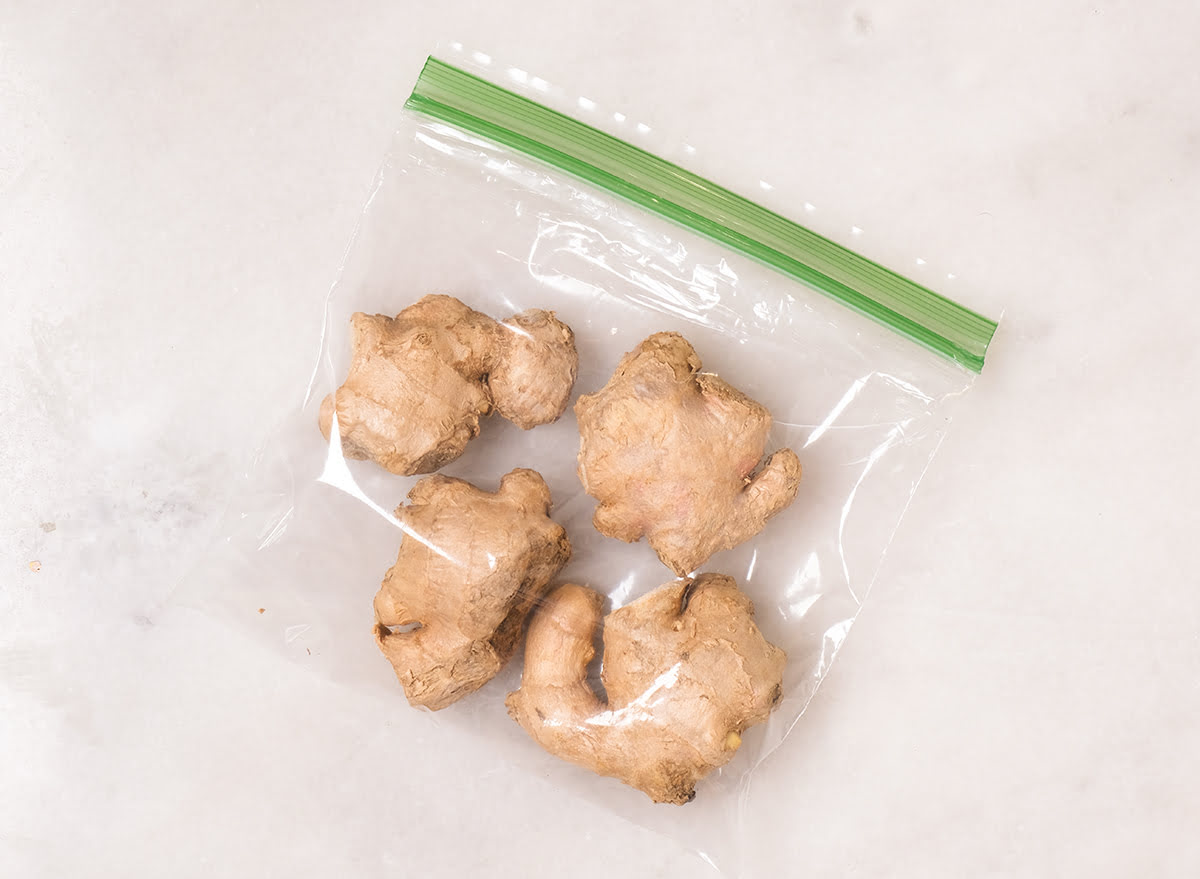
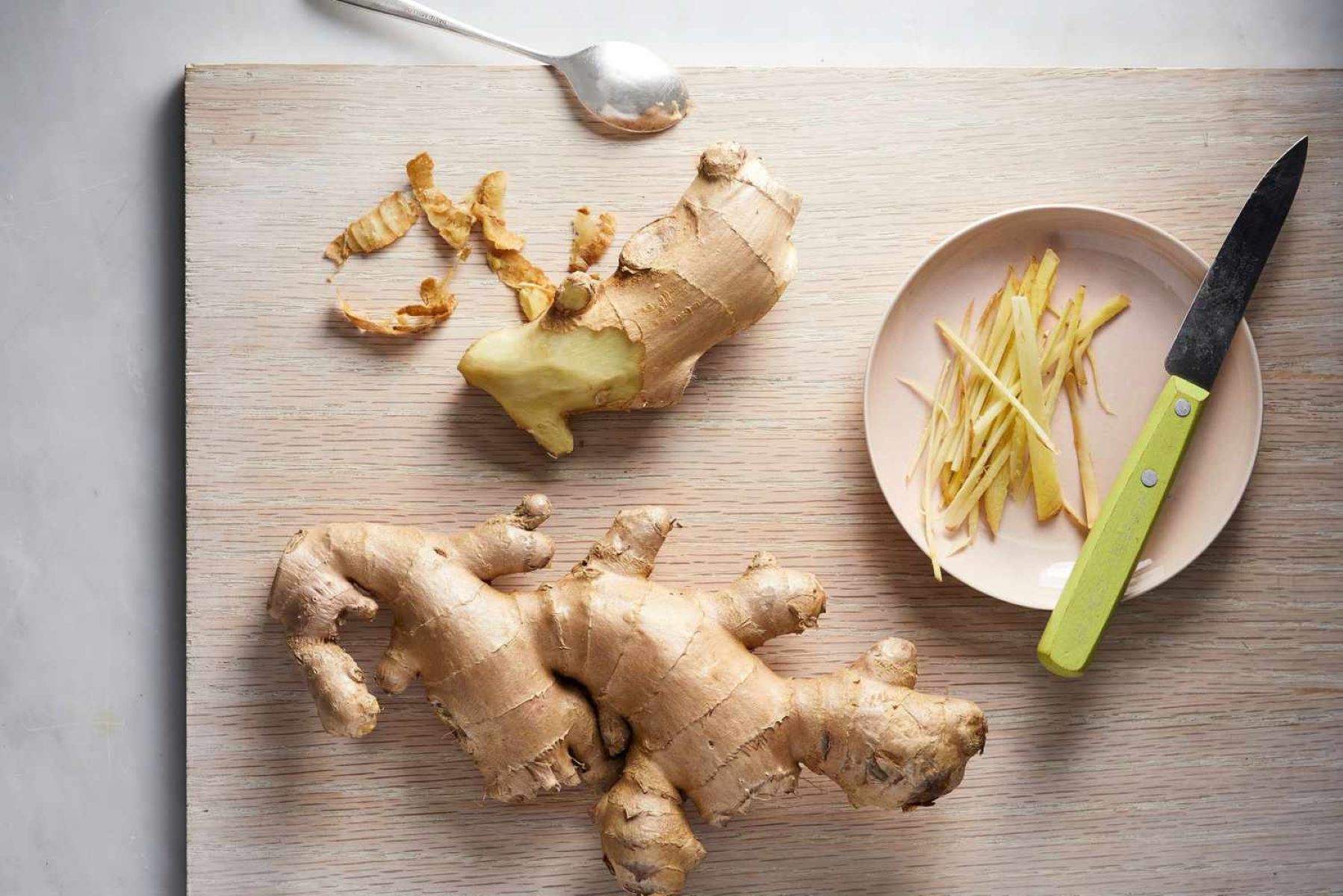
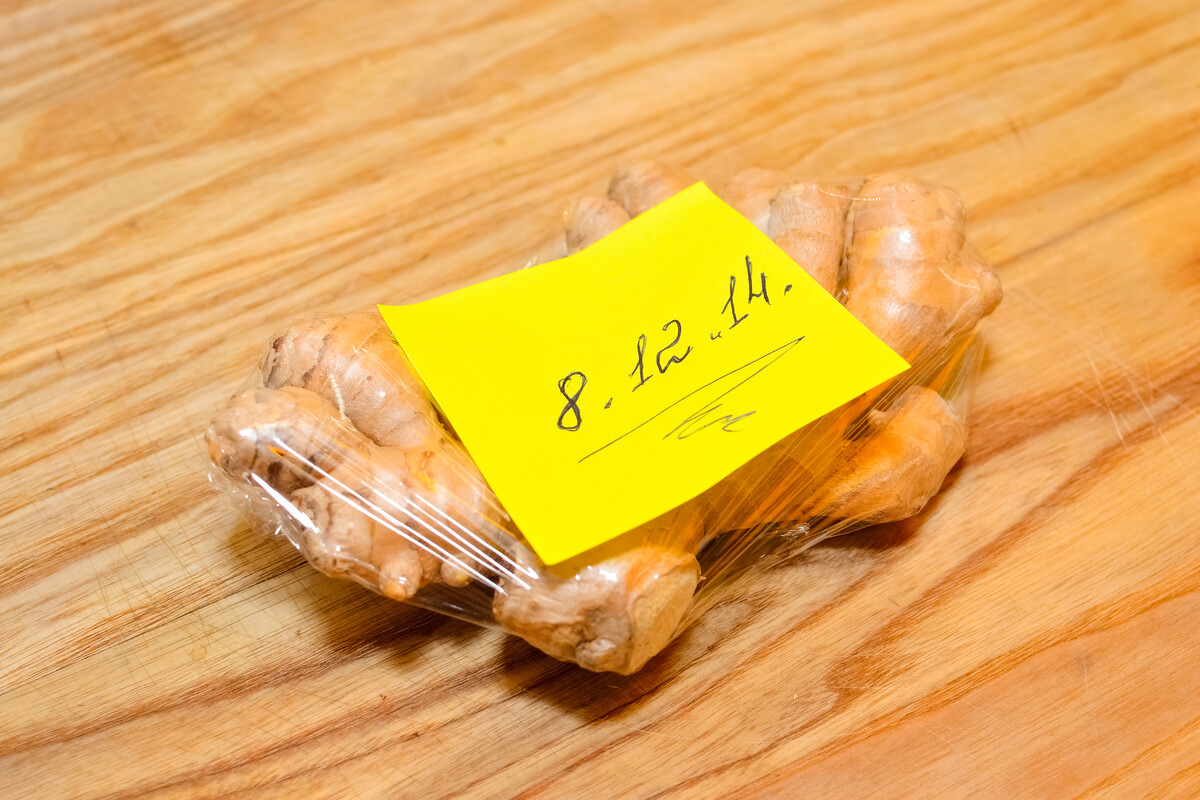
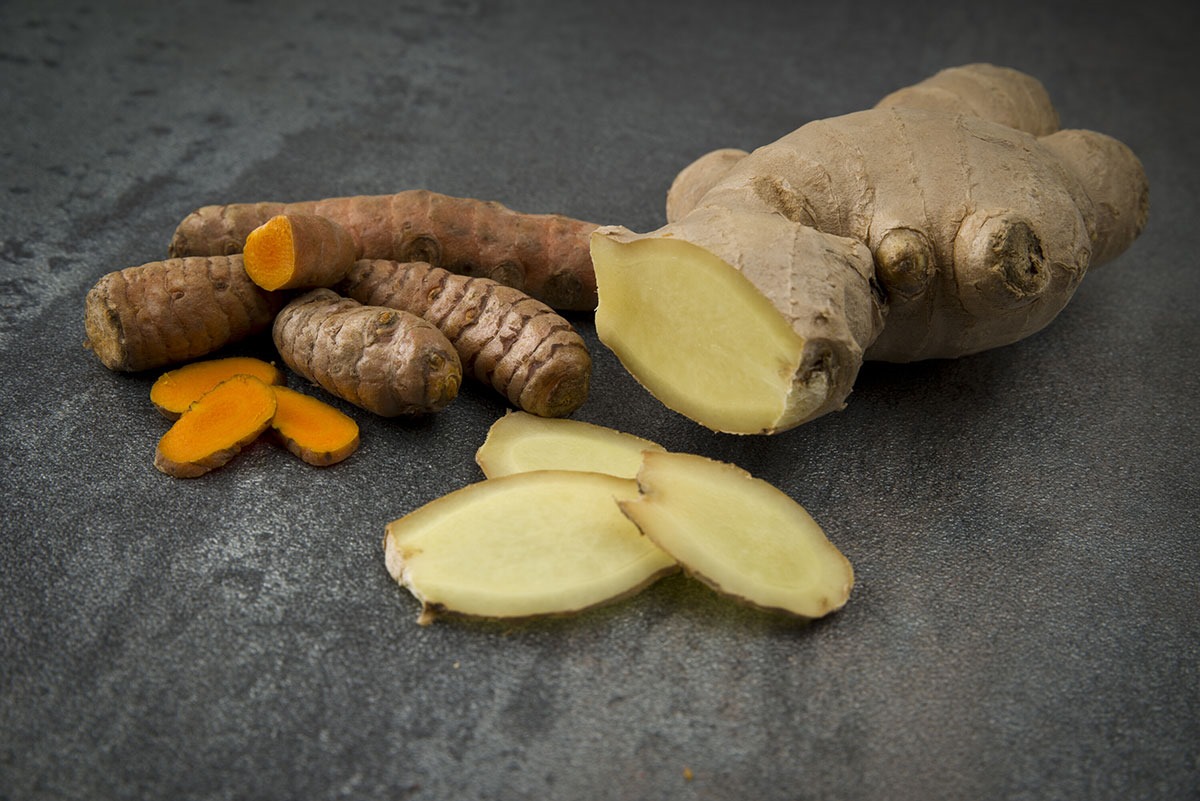
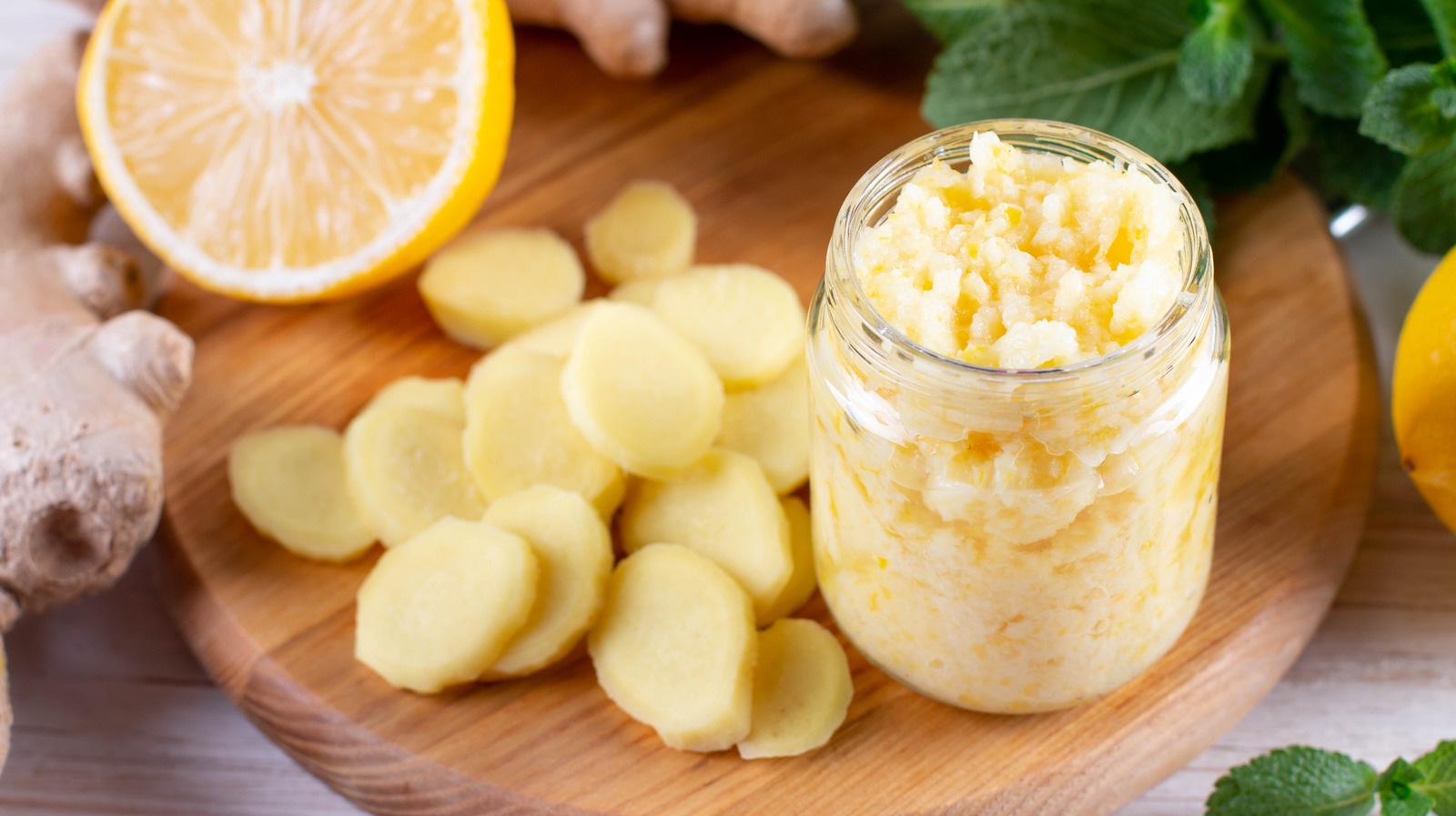

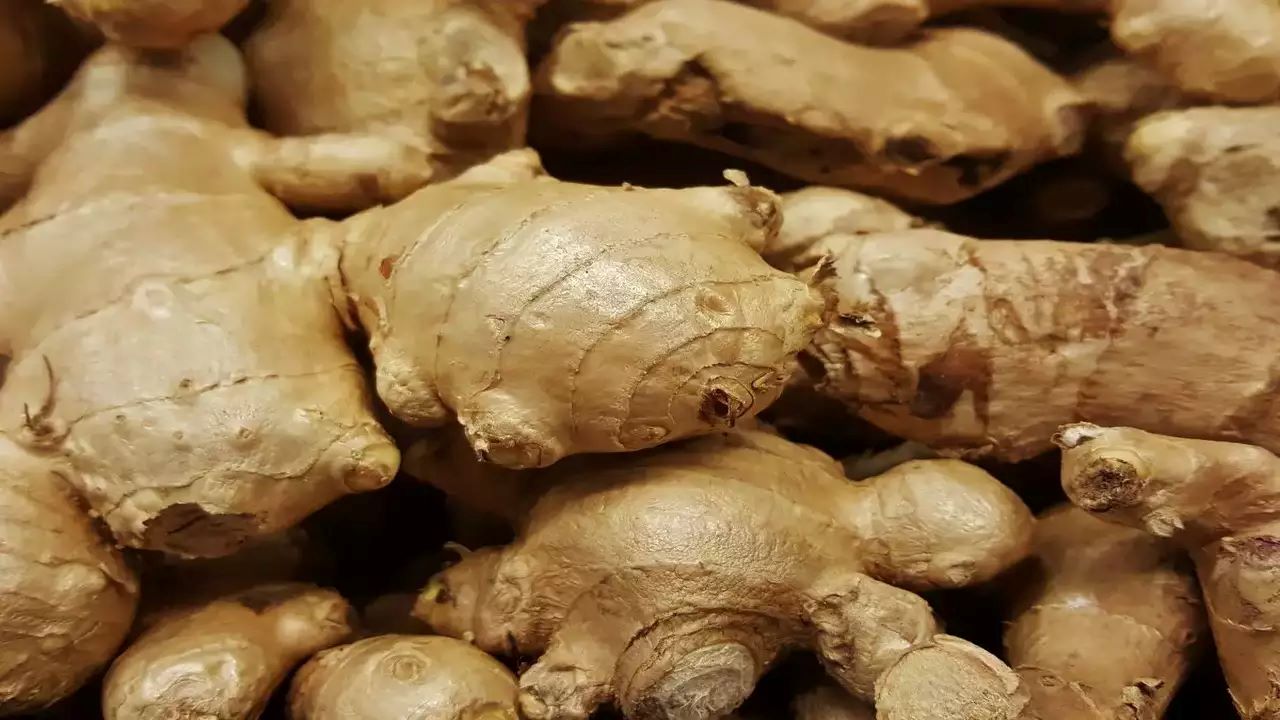

0 thoughts on “How To Store Fresh Ginger Long Term”